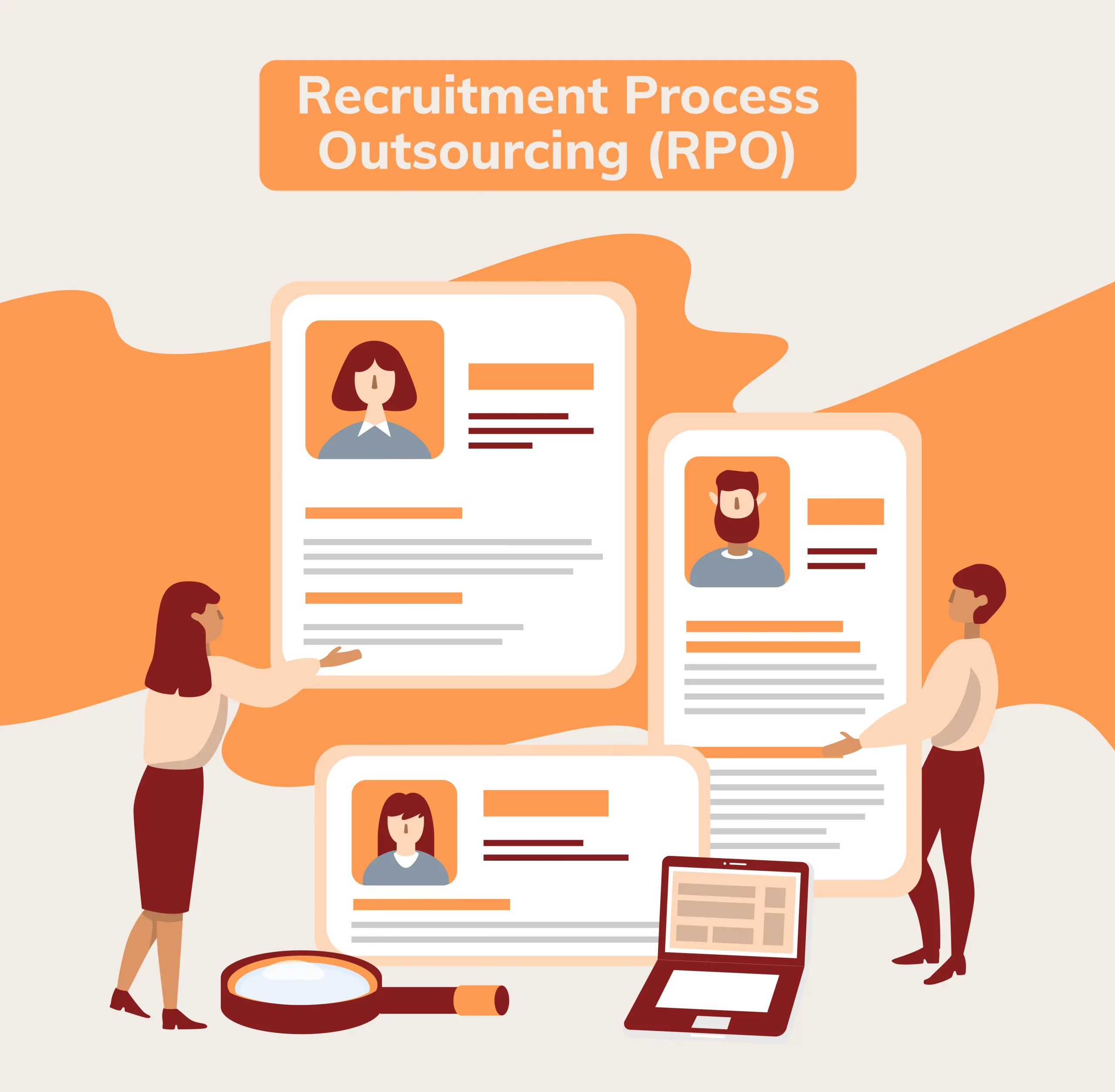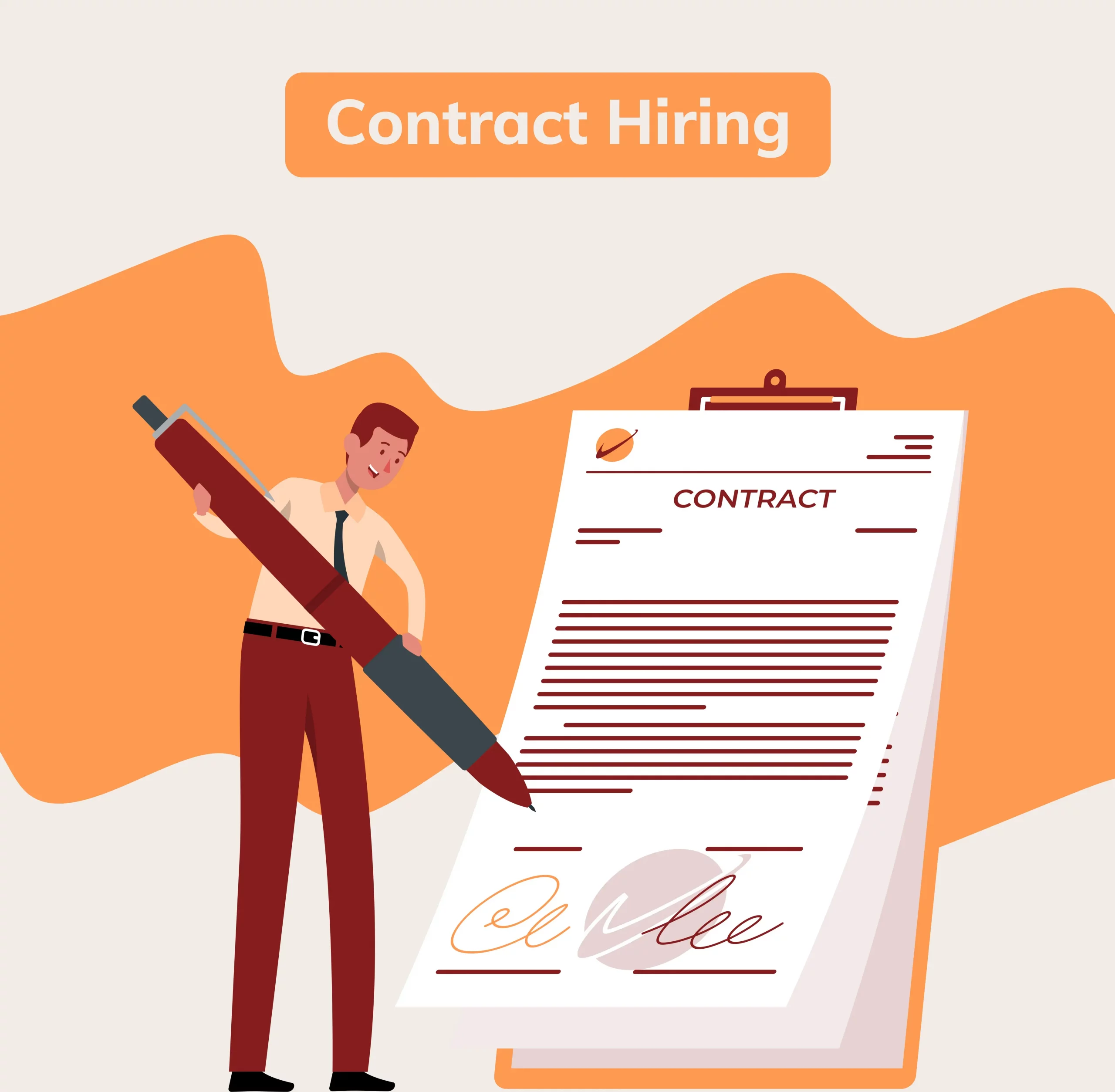Table of content
Are you searching for the perfect hiring models to represent your brand? Look no further! In this ultimate guide, we’ll delve into the world of hiring models and uncover the surprising benefits that different types of models can bring to your business.
In this comprehensive guide, you’ll discover the five types of hiring models you can consider for your projects, along with their unique strengths. But that’s not all! We’ll also share some surprising benefits that recruitment models can offer. From boosting brand awareness to increasing customer engagement, these models can play a crucial role in elevating your hiring efforts.
Recruitment Process Outsourcing (RPO)
Recruitment Process Outsourcing (RPO) is a strategic approach to talent acquisition. It involves entrusting a specialized external partner with some or all of your recruitment processes. This collaborative model offers several notable benefits for your organization.
- RPO provides access to a dedicated team of recruitment experts well-versed in industry trends and best practices. Their expertise ensures a thorough understanding of your hiring needs, resulting in more targeted candidate searches.
- RPO can enhance the efficiency of your hiring process, reducing time-to-hire and optimizing resource utilization.
- Cost-effectiveness is another key advantage. By outsourcing specific recruitment functions, you gain access to advanced tools and technologies without the burden of in-house expenses.
- The strategic partnership between your organization and the RPO provider fosters a collaborative approach, aligning recruitment efforts with your business objectives. This personalized touch ensures that the hiring model is tailored to your unique requirements, contributing to the overall success of your recruitment strategy.
Contract Hiring
Contract hiring is a dynamic approach within hiring models, involving the temporary engagement of professionals to meet specific project needs or cover skill gaps. In this model, individuals are contracted for a predetermined period, bringing specialized expertise to your team. The benefits of embracing contract hiring are multifaceted.
- It provides flexibility, enabling your organization to swiftly respond to changing project requirements without the long-term commitment of permanent hires. This agility is particularly valuable in industries with fluctuating workloads or short-term initiatives.
- Contract hiring offers access to a diverse pool of talent with specialized skills, injecting fresh perspectives into your projects. This not only enhances innovation but also allows your team to benefit from niche expertise on a project-by-project basis.
- Additionally, the financial aspect is advantageous, as you can control costs by avoiding long-term commitments and associated benefits.
Contract hiring thus becomes a strategic solution for managing workloads efficiently while harnessing the expertise needed to drive successful project outcomes within the framework of hiring models.
Permanent Hiring
Permanent hiring is a cornerstone in the realm of hiring models, constituting the traditional, long-term employment relationship between employers and employees. In this model, individuals are hired with the expectation of a sustained commitment to the organization. The benefits of opting for permanent hiring are substantial.
- Firstly, it fosters stability within your workforce, allowing for the development of long-lasting relationships between employees and the organization. This continuity contributes to a cohesive company culture and promotes employee loyalty, essential for sustained productivity.
- Permanent hires also play a crucial role in building institutional knowledge, as their long-term commitment facilitates a deep understanding of the company’s values, processes, and objectives. This continuity is invaluable for maintaining consistency and efficiency in operations over time.
- Moreover, permanent hiring cultivates a sense of belonging and commitment among employees, fostering a positive work environment. This emotional investment often translates into higher levels of job satisfaction, employee engagement, and overall organizational success within the framework of hiring models.
Contract-to-Hire
Contract-to-hire is a strategic hybrid within the spectrum of hiring models, combining elements of both contract and permanent employment. In this model, individuals initially engage with an organization on a temporary basis, with the potential for a permanent position based on performance and mutual satisfaction. Opting for contract-to-hire offers distinctive advantages for your organization.
- Firstly, it serves as a trial period, allowing you to assess a candidate’s skills, work ethic, and cultural fit before making a long-term commitment. This pragmatic approach mitigates the risks associated with hiring, ensuring a more informed decision.
- Furthermore, contract-to-hire facilitates flexibility, providing the opportunity to adapt staffing levels based on project needs or evolving business requirements.
- This model allows for a seamless transition from a temporary arrangement to permanent employment, fostering a sense of stability for both the employer and the employee.
- The inherent adaptability of contract-to-hire positions it as a strategic solution in navigating the evolving landscape of workforce dynamics within the framework of hiring models.
Freelancer
Freelancer engagement stands as a dynamic paradigm within the array of hiring models, involving the utilization of independent professionals on a project-by-project basis. Freelancers, often experts in their respective fields, offer specialized skills without the commitment of a traditional employer-employee relationship. Embracing freelancers brings about distinctive benefits for your organization.
- Firstly, it provides access to a diverse talent pool dispersed across various locations, enabling you to tap into a global network of skilled professionals. This geographical flexibility is particularly advantageous for projects requiring specific expertise not confined to a single location.
- Cost-effectiveness is another notable advantage, as freelancers typically operate as independent contractors responsible for their own expenses. This model allows you to leverage top-tier talent without the overhead costs associated with full-time hires.
- Moreover, the scalability inherent in freelancer engagement offers unparalleled adaptability, allowing your organization to assemble specialized teams tailored to project needs.
- Embracing freelancers in your hiring models thus enhances agility, fosters innovation, and optimizes resource utilization in an ever-evolving professional landscape.
Conclusion
In the dynamic world of talent acquisition, understanding the nuances of various hiring models is your key to strategic workforce planning. From Recruitment Process Outsourcing (RPO) to contract, permanent, contract-to-hire, and freelancers, each model brings its own set of benefits to the table. Tailoring your approach based on your organizational needs ensures a harmonious alignment between talent acquisition and business objectives. By delving into the intricacies of these hiring models, you empower yourself to make informed decisions that contribute to the success and growth of your organization in the ever-evolving landscape of professional engagements.
Connect with Supersourcing for top-tier tech talent, whether for contract, contract-to-hire, or permanent positions. Our platform ensures seamless connections with skilled professionals, aligning with your preferred hiring model.












